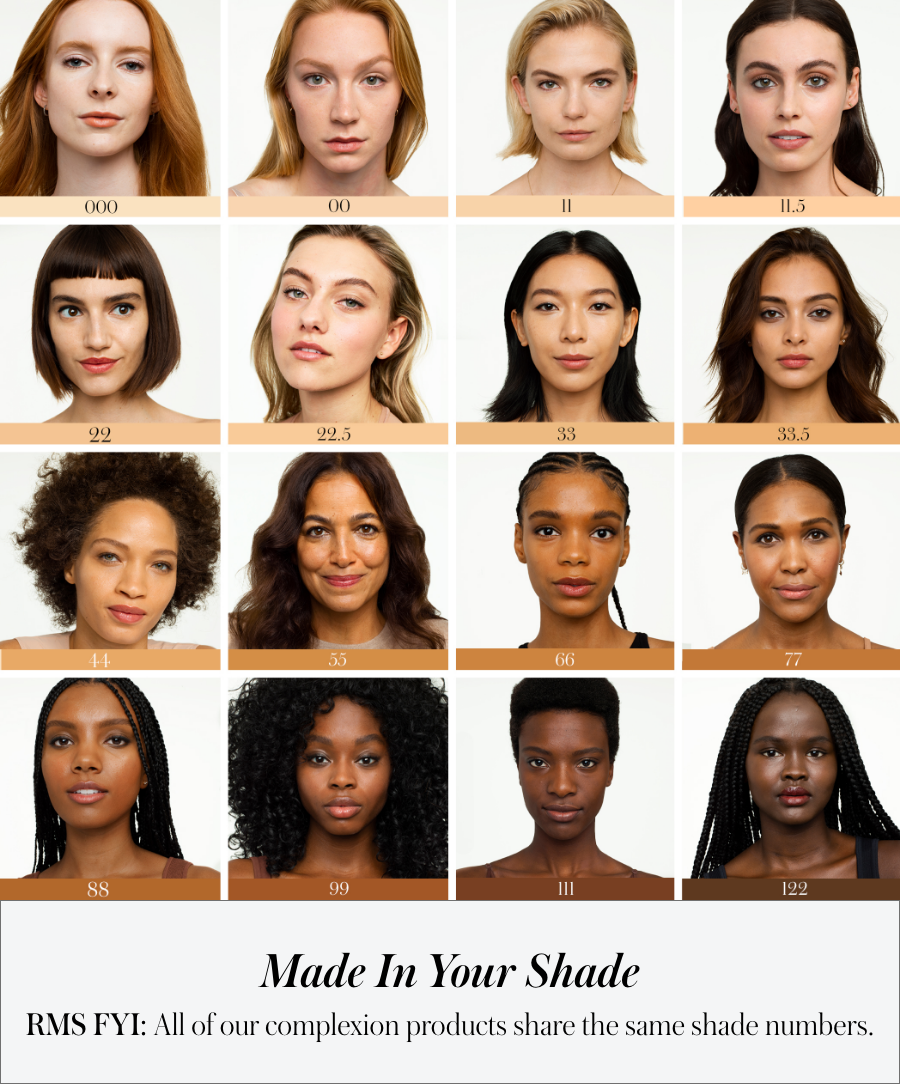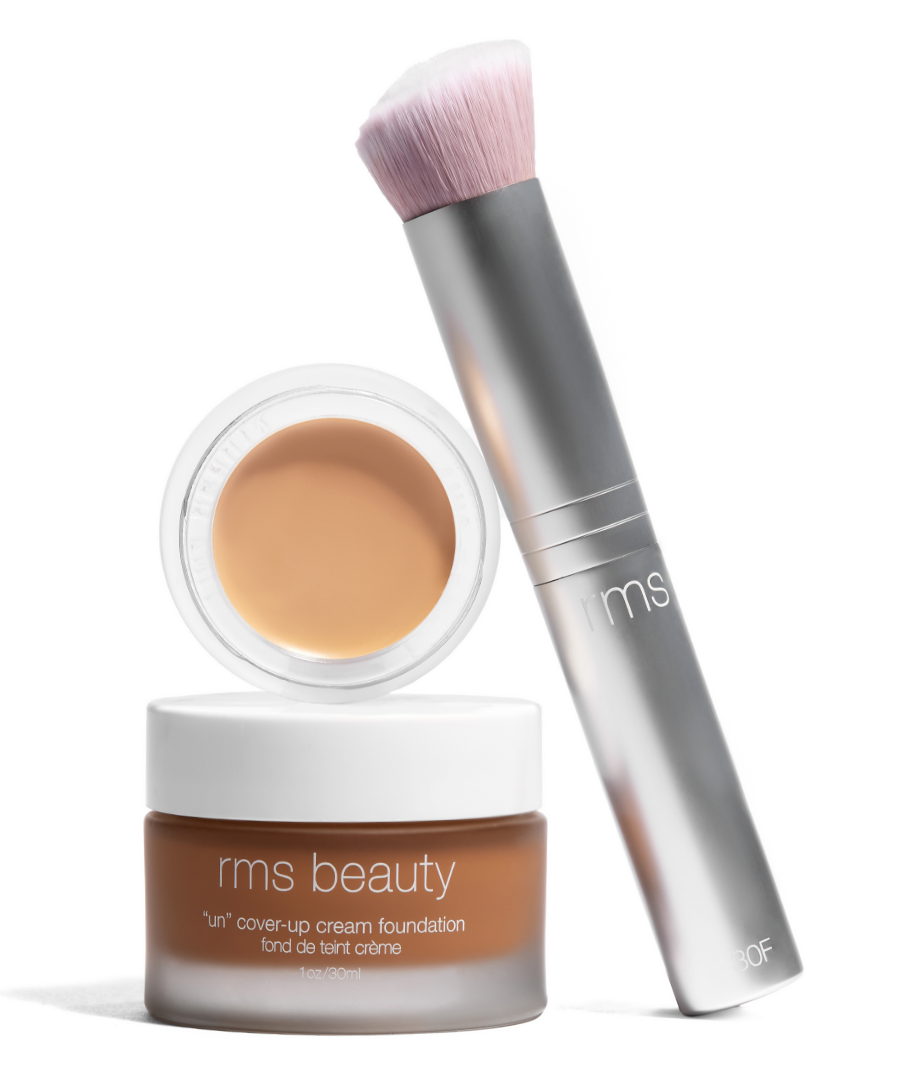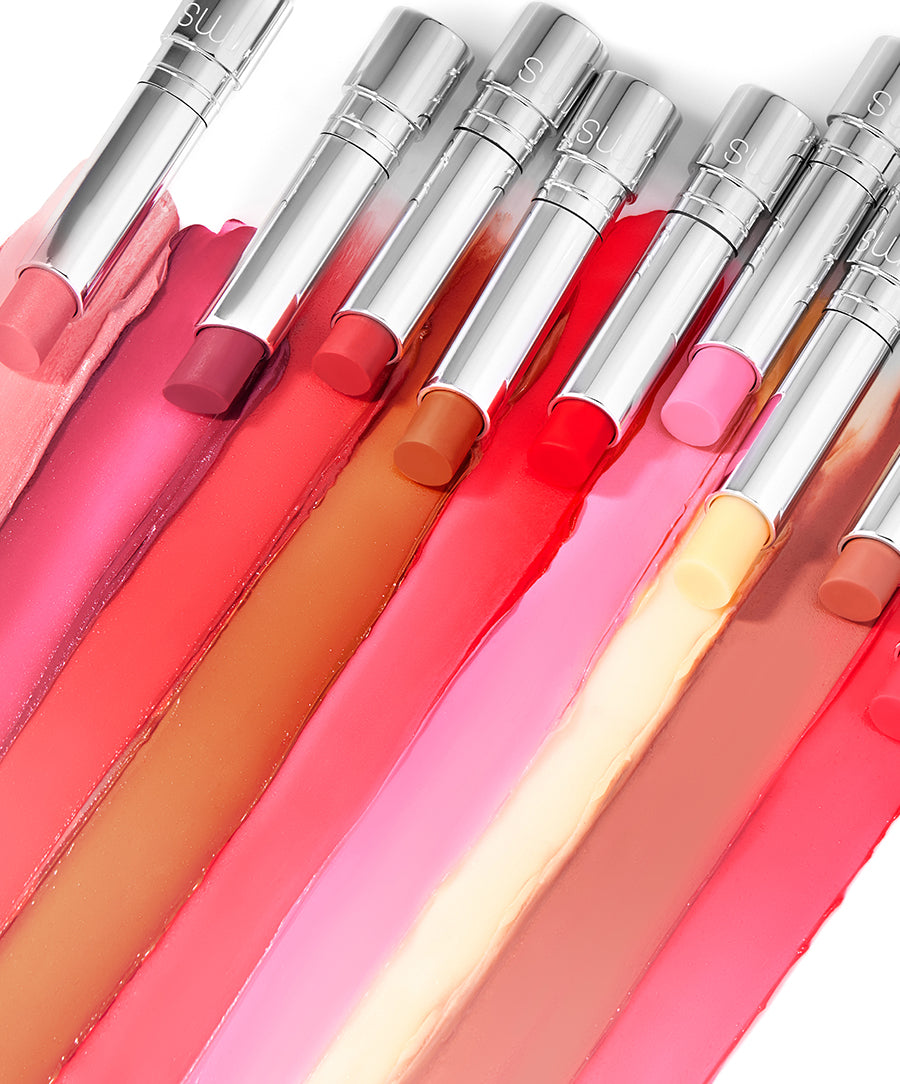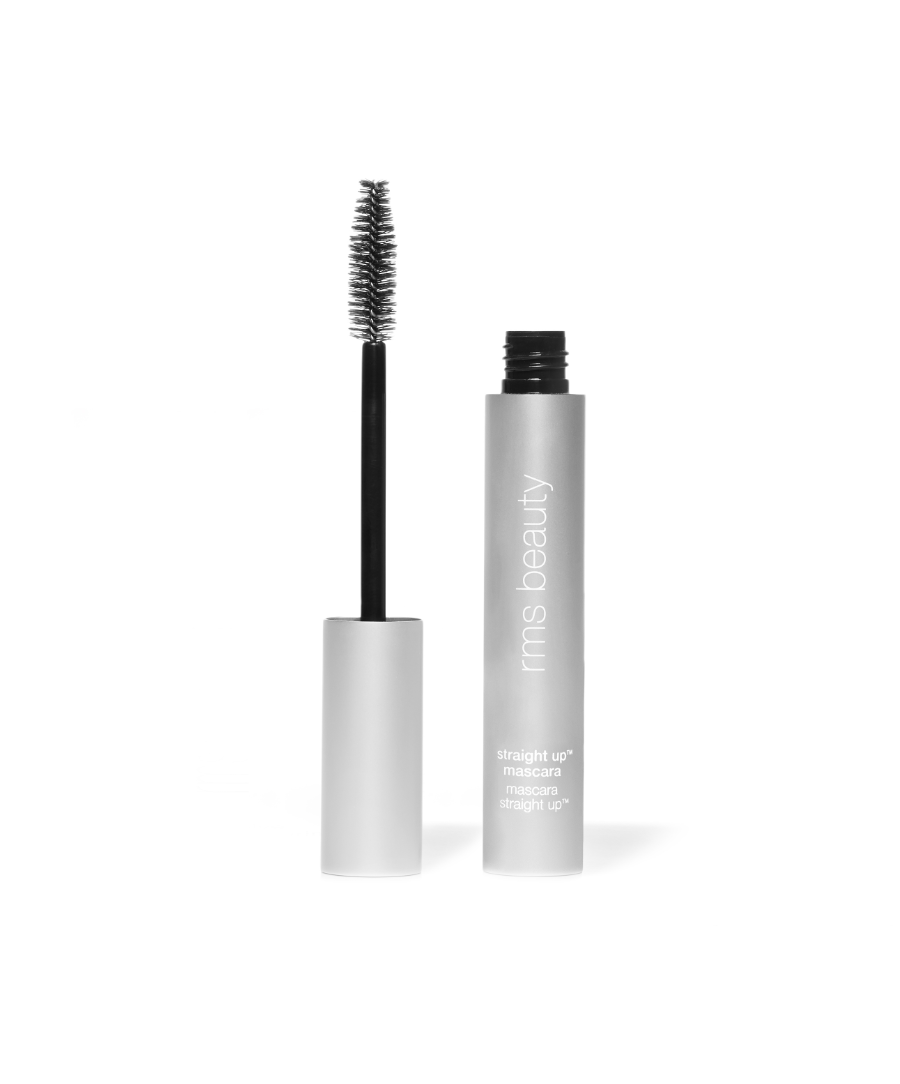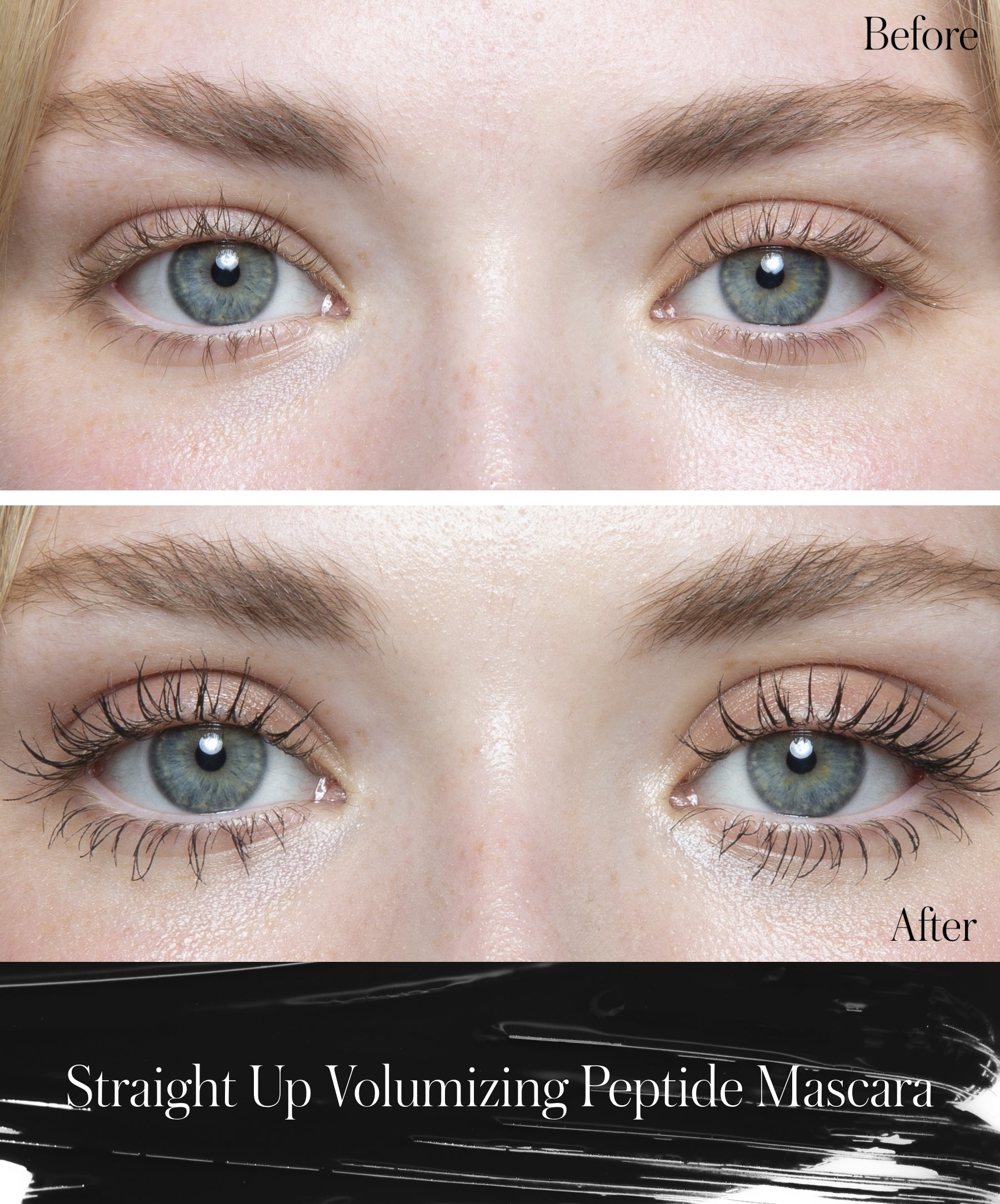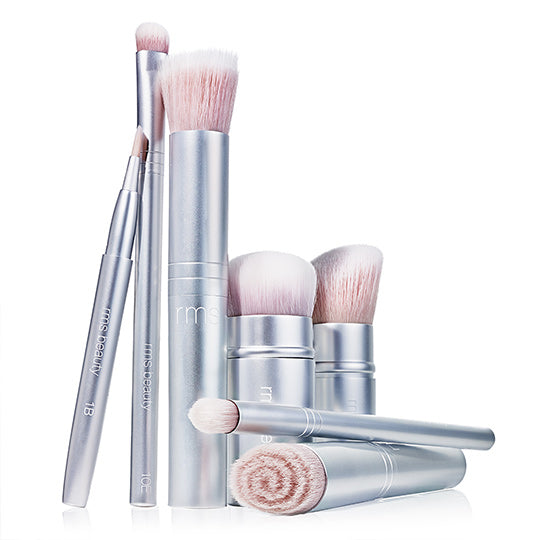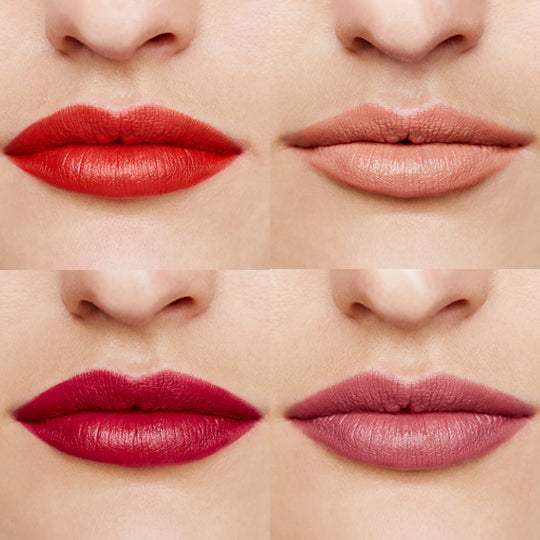Everything You Should be Aware of With Cruelty-Free
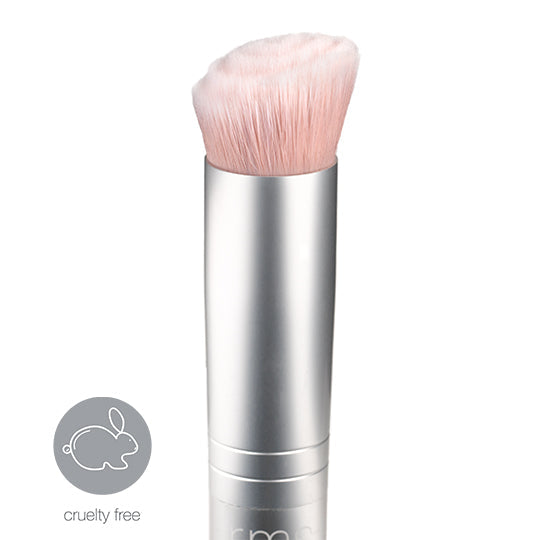
Even if you aren’t an animal lover, you likely want to do your part to protect animals from becoming human commodities. No one likes the idea of small, furry animals being used to test out new lipstick colors, so the push for “cruelty-free” products has seen a massive increase in popularity.
There’s just one problem: cruelty-free isn’t always cruelty-free.
When our founder Rose-Marie Swift set out to create her color cosmetics and skincare line, she was insistent upon cruelty-free products. She quickly learned that “cruelty-free” can sometimes be a play on words.
Unfortunately, purchasing a product that has a cruelty-free logo or blurb doesn’t guarantee that an animal wasn’t harmed at some point in the production process. If you want a product that is 100% void of animal involvement, it takes a little more knowledge about how animals are involved in testing and how companies use the term “cruelty-free” on their packaging and in their marketing.
Here’s what you need to know about animal testing, cruelty-free products, and how to determin if your products are geniunely cruelty-free.
How Are Animals Involved With Product Testing?
Animal testing has evolved over the past several decades. Labs are now capable of testing numerous allergens and toxicity markers in products and ingredients made for human consumption on animals.
The most commonly used test animals are small rodents, like rats, mice, and guinea pigs. Rabbits and even cats are sometimes used for product testing as well.
Here are the most common types of tests performed on animals.
Acute Toxicity Testing
Before a product or ingredient is approved for human use, it must pass certain testing to determine whether or not it is toxic in terms of single, short-term exposure. This type of testing typically involves giving the ingredient to the animal via feeding, inhalation, or skin administration.
Eye and Skin Irritation/Corrosion Testing
This test is most often administered to rabbits to determine whether a particular ingredient produces an allergic reaction or irritation to the skin and/or eyes. It can involve dispensing the ingredient into the animal’s eyes or applying it on their skin.
Skin Sensitization
Especially popular in skincare product ingredients is testing for skin sensitization. This determines whether a product or ingredient causes an allergic reaction of the skin. Guinea pigs are often used in this type of test and are injected with an ingredient multiple times to determine if it causes skin sensitivity.
Carcinogenicity
To determine whether or not an ingredient is carcinogenic, animals are frequently forced to inhale a chemical or are injected with them over the course of two years. At the end of the two year period, the animals are then tested for signs of cancer, thus determining whether or not the ingredient or product tested was carcinogenic.
Reproductive and Developmental Toxicity
To determine whether or not a product or ingredient will interfere with the ability to reproduce, or if it will cause problems with offspring development, animals are often subjected to the product or chemical and then mated with one another.
It’s More Than You Think
Product testing on animals is much more than what the average person assumes. There are other methods of testing available that do not involve the use of animals and still produce quantifiable results, so the use of animals in testing is not necessary.
What is “Cruelty-Free?”
When you read the packaging of your favorite pressed powder it gives you peace of mind seeing the words “cruelty-free.” A cruelty-free logo can also cause you to assume (naturally) that the product in your hands never touched an animal.
Unfortunately, it isn’t that simple.
What You Think It Means
“It means the product hasn’t been tested on animals,” says Rose-Marie Swift, founder of RMS Beauty. “Unfortunately it is also often used as a play on words.”
We assume that a cruelty-free product has been made start to finish in the same facility. That’s the first mistake. Most products source ingredients from many different companies, assemble them at another, and possibly package them at a third. This leaves room for products to have been tested on animals at one facility and not another.
The second assumption we make is that all parts of the product are cruelty-free, but because portions of the product have been sourced from different companies, there can sometimes be no way of knowing for certain if this is actually the case.
What It Can Really Man
“The chemical ingredients that a cosmetic manufacturer uses for products, in most cases, has been tested on animals before they see the lab,” says Rose-Marie. “The lab itself doesn’t test on animals after the beauty product is made, but in reality it actually has been tested on animals.”
Essentially, if a cosmetic company sells a product but the ingredients for that product are sourced from other companies before reaching their facility, they could have been tested on animals. Although the final company selling the product never tested the product on animals, the ingredients from other companies may have been tested on animals, so the product isn’t truly cruelty-free.
This kind of “passing the buck” can be a slick marketing tool used by beauty companies to get away with using cruelty-free logos and verbiage on their products to give the consumer peace of mind in thinking the product they purchase was never tested on animals.
Here are three main considerations to think of when purchasing a cruelty-free item.
Pay Attention to Verbiage
Sometimes you just have to read between the lines. If a product says “final product not tested on animals,” it’s a pretty good indication that the product was tested on an animal at some point from creation to finish. If the verbiage leaves the door open for the possiblity of animal testing, assume it is not cruelty-free.
Get to Know the Brand
The best way to be sure if a product is cruelty-free is to become familiar with the brand. Are they reputable? Do they have a commitment to source ingredients for their products that have never been tested on animals?
Some companies will make blanket statements on their packaging or website that simply states “We do not test on animals,” but again, this leaves room for interpretation. The company that is selling the product may not test on animals, but their ingredient suppliers very well might.
Defining Cruelty-Free
Is it cruel to use lanolin from sheep’s wool if the lanolin is brushed away from the sheep? What about mink eyelashes that are made from fibers brushed from the mink’s coat?
These questions can sometimes be grey areas in terms of defining animal cruelty. Peta does not believe that the use of animals for testing or products is ever cruelty-free. Normally, when animals are used in these scenarios, their housing, food, and water conditions are extremely subpar.
What is RMS’s Idea of Cruelty-Free?
As previously mentioned, when our company was created, it was created on a foundation that there would be zero tolerance for animal cruelty, during every step of the production process. As such, all RMS Beauty products, as well as the individual ingredients themselves, are not tested on animals.
Many of our ingredients are sourced and formulated in-house, giving us more control over our products and how they are created. In addition to our passion for living, organic ingredients, we believe products should add value and beauty, not cause harm.
In addition to our product ingredients, we also use synthetic fibers in our makeup brushes. Synthetic fibers make excellent tools that last longer and are equally effective in application. In creating brushes that mimic skin to skin application, it was simply not necessary to involve animal hair fiber.
The Takeaway
It can be deceiving to trust that a product is cruelty-free simply because the package says it is. It’s important to get to know the brand and find out their philosophy on animal involvement at any phase in the development and manufacture of their products.
Ultimately, if you want to know the truth about a particular product, ask. A great brand will be open and transparent about their products and how the ingredients are sourced. If they aren’t, there’s cause for suspicion.
Animal testing isn’t necessary for the development of cosmetic and skin care items. Seek out companies, like RMS Beauty, that have a zero tolerance policy for animal testing to ensure the products you buy are truly cruelty-free.
This information for RMS was fact checked by an expert in the beauty industry: Rose-Marie Swift
Sources:




